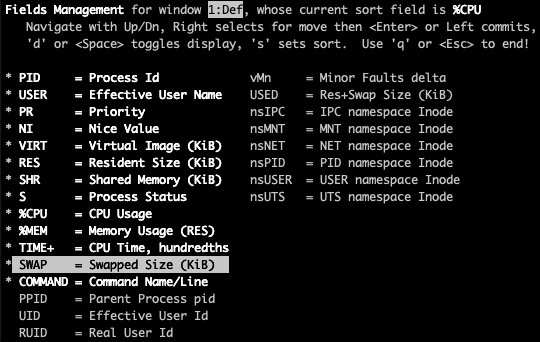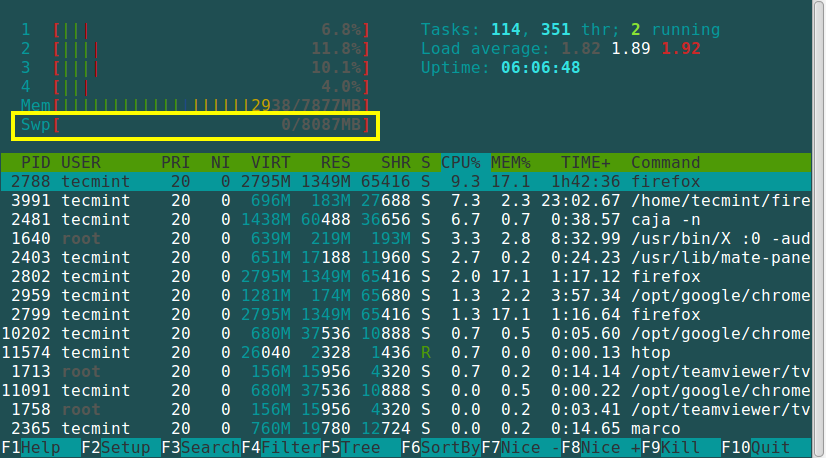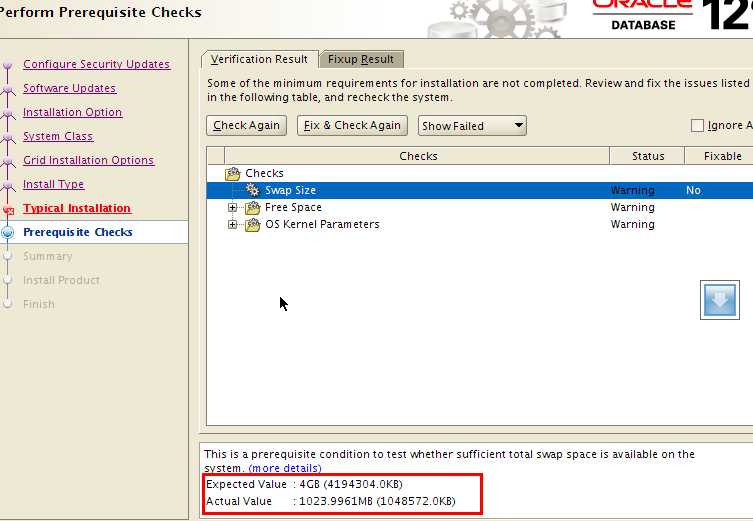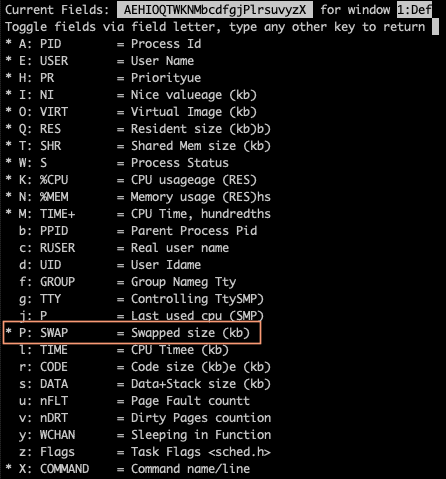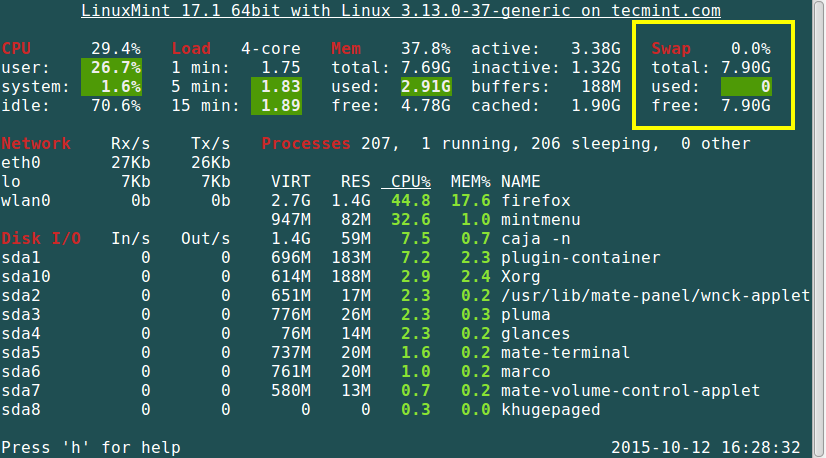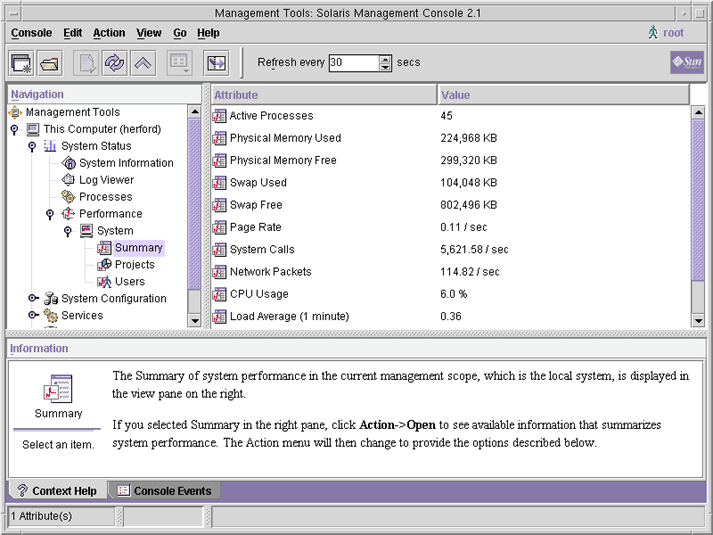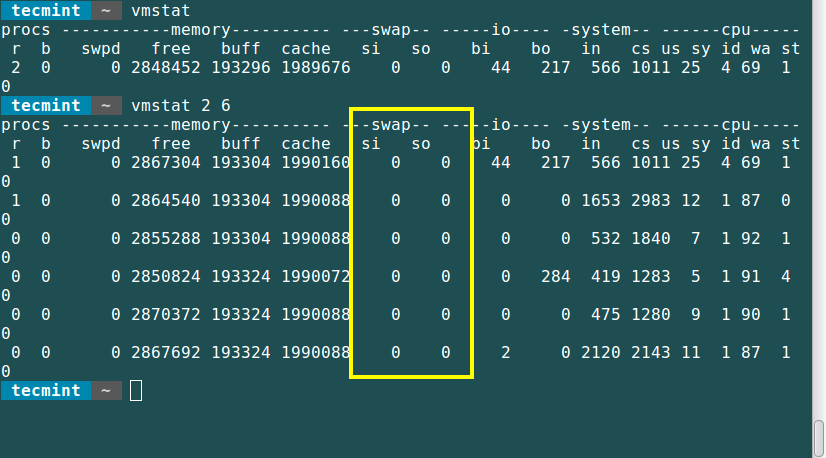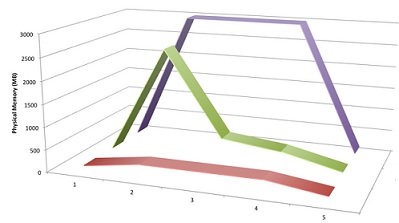Spectacular Info About How To Check Swap In Solaris
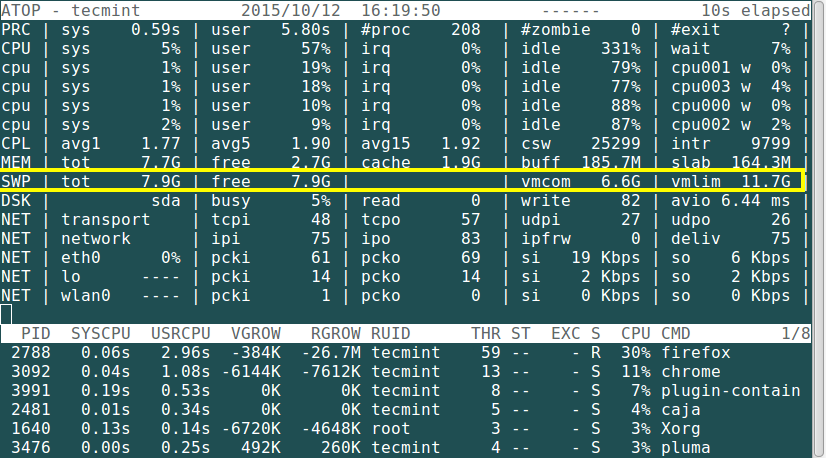
If the blocks in the two columns are equal,.
How to check swap in solaris. Follow the steps below to add swap space to a solaris system, this example is taken from a solaris 10 system. 8669792k bytes allocated + 911696k reserved = 9581488k used, 89182544k available. Solaris unix supports various command to get the information about swap space.
Once you power it off, you can wait an arbitrary amount of time (30 sec or so) to give the operation time to complete, then power the swap back on. You need to login as root and type the following commands: This information is also available in other advanced iterations or top alike tools like atop, htop or glance.
The /usr/sbin/swap command is used to manage swap areas. Check swap space size from file /proc/meminfo in linux. Use of the 'swap' commands, and 'df' and 'top' solaris defines swap as the sum total of physical memory not otherwise used and physical swap. running:
To clear the cache, you need to use a command that will tell the operating system to free up the memory that is being used by the cache. ›applications and infrastructure community › infrastructure software infrastructure software › oracle solaris oracle solaris › solaris 10 This command is used to check memory and swap utilization on your system in a few lines.
Set the block size to 4 kb. One of the most common commands is. You can simply use smem command in the terminal but if your focus is.
The procedure to check swap space usage and size in linux is as follows: You must enable the swap area when a new. On an x86 based system, create your swap area.
You can check the size and current usage of swap space by running the command: Following commands used in the script: Values in a row for the swap are in kilobytes.
Without the use of any switch, the displayed output is printed in. To see swap size in. You can tell if the current swap volume is in use by comparing the blocks identified in the blocks column and blocks identified in the free column.

